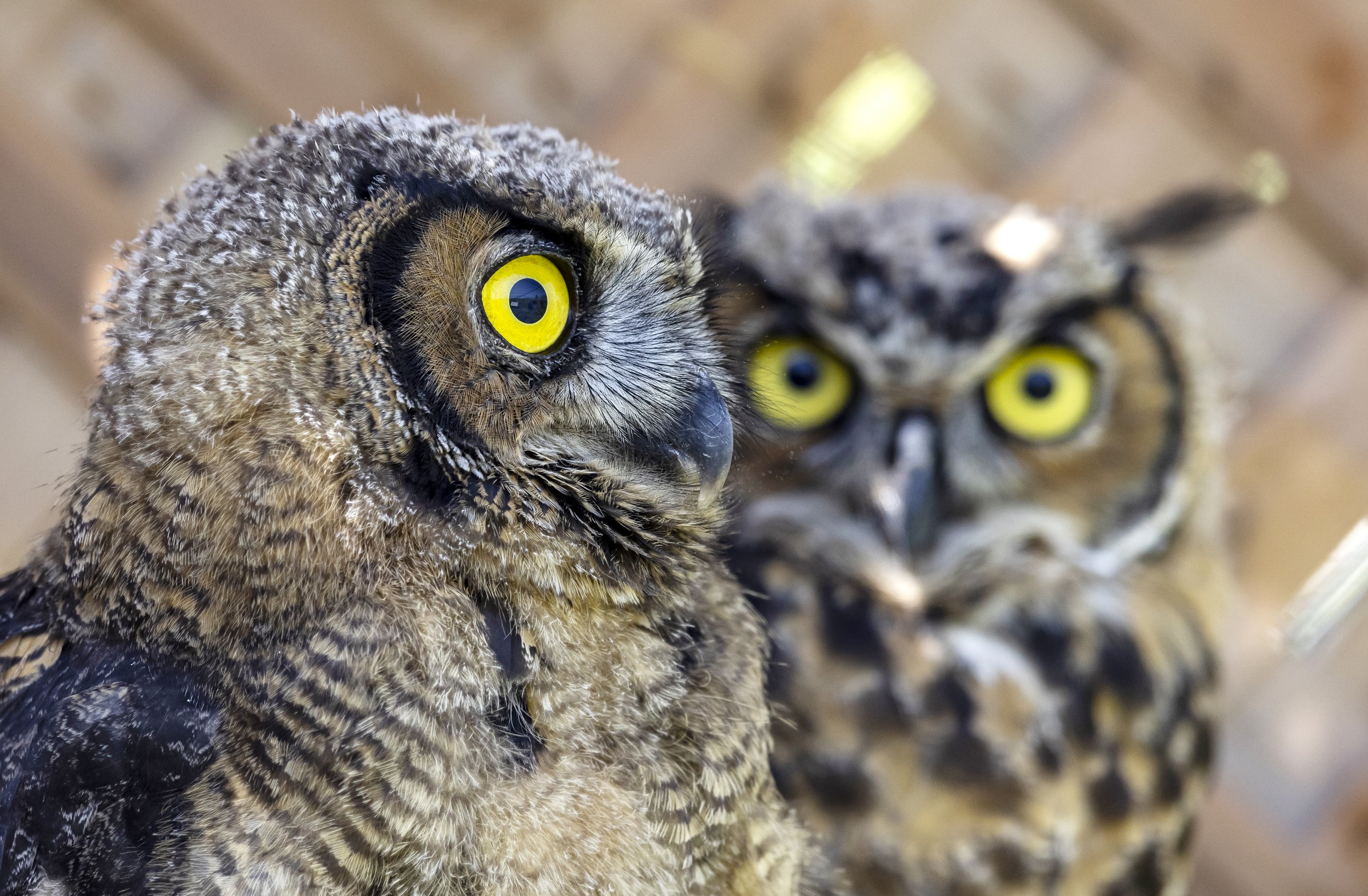
Volunteering
Join the Hope for Wildlife Volunteer Team!
Hope for Wildlife relies on the support of dedicated volunteers who contribute in a variety of important ways. We truly couldn’t do this work without them.
If you're interested in becoming part of our volunteer team, please take a moment to review the information below:
-
If you're 15 or under and interested in volunteering at Hope for Wildlife, we encourage you to join us on our days open to the public for a guided tour to learn more about what we do. Visiting can help you decide if volunteering here is something you'd enjoy once you turn 16 (the minimum age to volunteer). You're welcome to visit as often as you like, as our displays and tours are always evolving.
-
If you are 16-17 years old, you can volunteer at Hope for Wildlife through your high school’s co-operative education program, and are insured through Nova Scotia’s public school system. These placements provide meaningful, hands-on learning experiences and are formalized through an agreement between the student, the school, and Hope for Wildlife.
The minimum age for volunteering independently is 18 years old, so co-op placements are the only way those under 18 can volunteer with our organization. We expect participating students to bring a strong commitment, a positive attitude, and a willingness to learn.
If this opportunity interests you, please speak with your co-operative education teacher. and have them reach out to us at volunteering@hopeforwildlife.net
-
If you're 18 or older and interested in volunteering, we ask for a minimum commitment of a consistent weekly or bi-weekly shift for a minimum of 4 months.
To apply, please start by selecting your preferred region on the map below.
Volunteer Opportunities
Rescue Team: Wildlife Rescuer
As a Wildlife Rescuer on our Rescue Team, you will be part of a team responsible for coordinating the capture and transport of wildlife. You will work closely with callers, a dispatcher, and fellow rescuers to safely retrieve and deliver animals to one of our designated drop-off locations. Reliable transportation and timely responses are essential due to the urgent nature of this role.
Responsibilities may include, but are not limited to: safely containing and handling animals, interacting with the public as an official representative of Hope for Wildlife, transporting wildlife to Hope for Wildlife’s drop-off centers, and assisting with wildlife releases.
To join our Rescue Team, you must hold a valid driver’s license and have access to a vehicle. Additionally, you must be up to date on your tetanus vaccination, and all pets in your household must be vaccinated.
Wildlife Transfer Driver
As a Wildlife Transfer Driver, your primary responsibility will be to pick up contained wildlife from one of our drop-off facilities and transport them to our hospital in Seaforth, Nova Scotia. Given the sometimes urgent nature of this role, timely response and reliability are essential. You will collaborate with our Triage Centre Coordinators and/or our regional dispatcher as well as fellow transfer drivers to coordinate relay transports for animals requiring longer-distance transfers between facilities.
On-Site Volunteer
Volunteering at our main facility in Seaforth or at one of our triage centres across the province could involve a variety of hands-on duties including (but not limited to) assisting with facility maintenance and cleaning, animal medical care or feeding, groundskeeping, handling wildlife intake, and assisting with releases.
We offer a variety of morning, daytime, and evening shift options across different districts to suit your availability and interests. Reliable transportation and punctuality are required.
If any of these opportunities interest you, please select the region you'd like to volunteer in on the map below and fill out the form. We look forward to hearing from you—thank you!
District 5 - Truro/Amherst Region
District 2 - Digby/Annapolis Valley/Windsor Region
District 1 - Shelburne/Yarmouth/Digby Region
District 3 - Shelburne/Chester Region
District 6 - New Glasgow/Eastern Shore Region
District 4- HRM/Chester/Sheet Harbour Region
District 7 - Antigonish/Cape Breton Region

